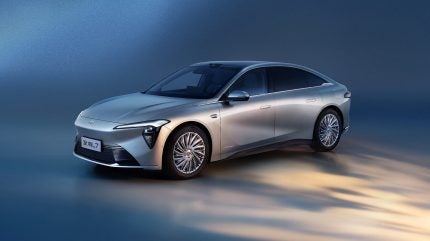
General Motors future models 2025-35 (part 2)
With June sales up by 49% (YoY), Buick is the comeback kid in China. Good things are happening in the US too, as well as for Cadillac. GM has big plans for both brands.

With June sales up by 49% (YoY), Buick is the comeback kid in China. Good things are happening in the US too, as well as for Cadillac. GM has big plans for both brands.
